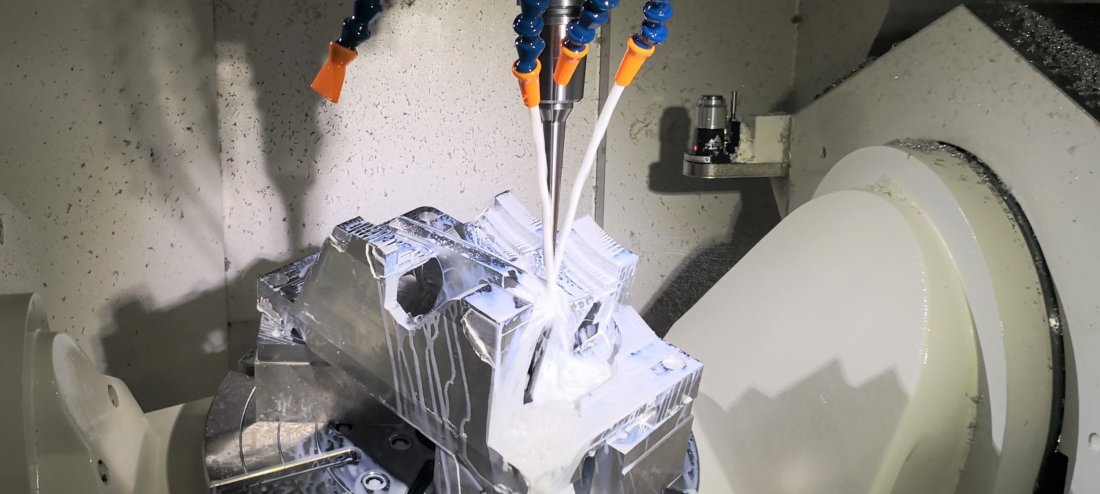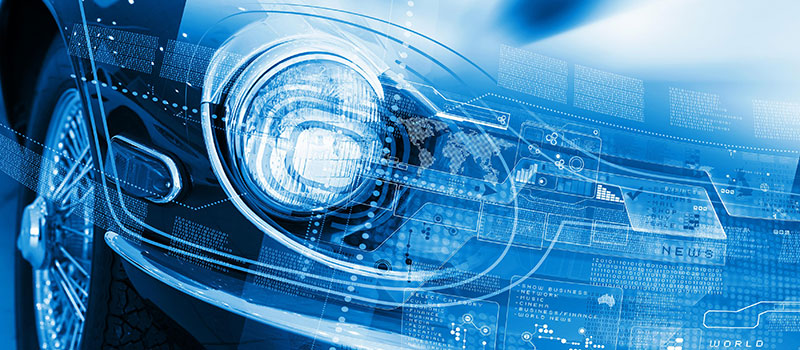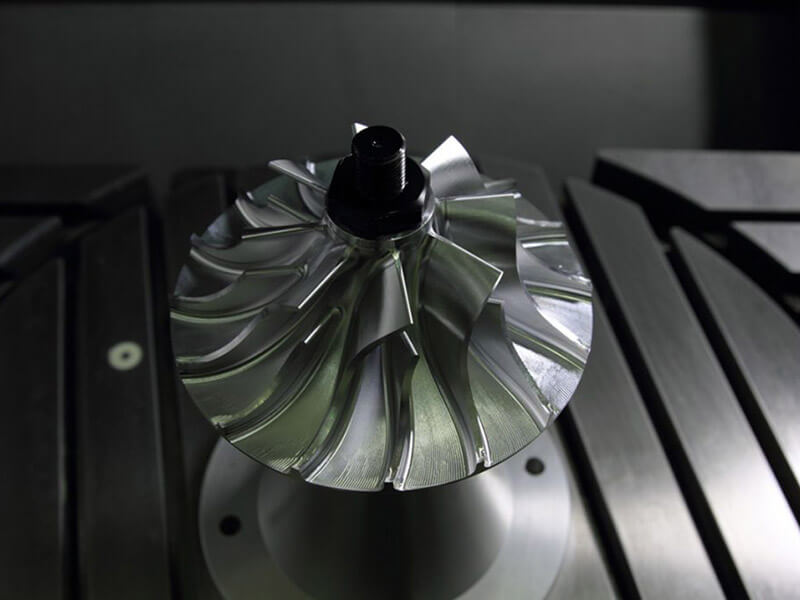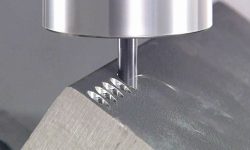For prototypes and end-use parts, accuracy is a hugely important aspect of metal machining. Accuracy means you’re getting a part that looks and feels exactly like the one you designed, with no errors that can impact mechanical function.
Thanks to the rise of computer numerical control and CNC machining, the subtractive manufacturing process of metal machining is now more accurate than ever, making it suitable for tolerance-critical industries like aerospace. Machinists can use computers to program the trajectory of the cutting tool to the micrometer, virtually eliminating inaccuracies caused by human error. As long as the CNC machine is set up correctly, it should cut metal parts with a high level of accuracy.
But there are many fundamental factors that contribute to the accuracy of metal machining. Machine quality, material selection, and even room temperature in the machine shop can play a part, and some customers may have very different accuracy requirements to others.
This article discusses the ins and outs of accurate metal machining, explaining concepts like accuracy, precision, and tolerance.
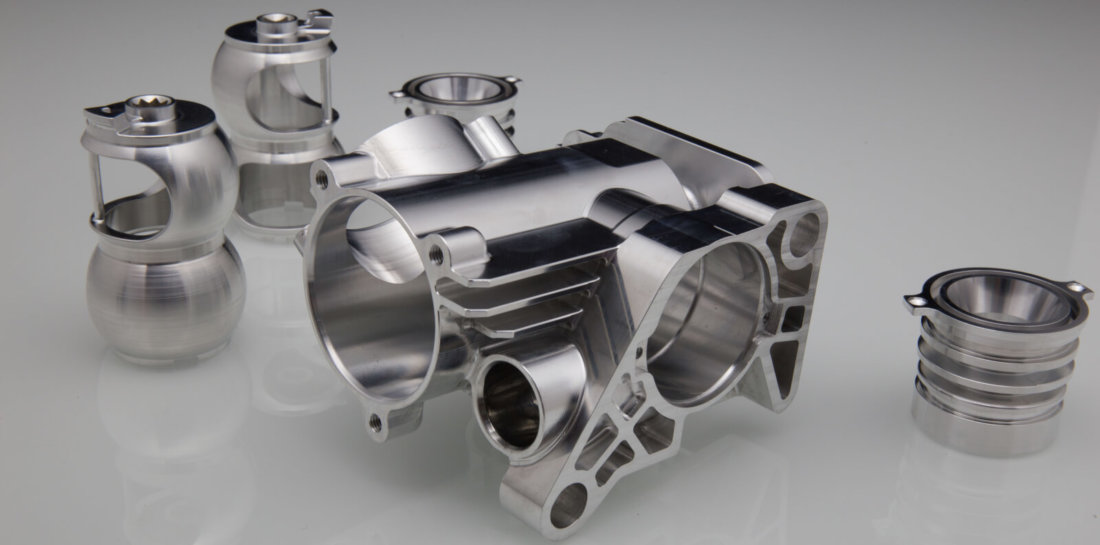
Accurate metal machining parts
What is machining accuracy?
Although accuracy and precision might seem synonymous, they have different meanings when it comes to machining operations. It is therefore important to know what we mean by the different terms.
In the context of metal machining processes, accuracy is the degree to which a machine can match the measurements specified in the design.
If a lathe or milling machine can cut an exact location specified in the design, then it has a high level of accuracy.
If it occasionally misses the mark, but on average hits the right location, then we can say it still has a high level of accuracy and is capable of accurately forming the desired shape from the workpiece.
Importantly though, a good CNC machine will do more than just hit the mark on average…
What is machining repeatability or machining precision?
Machining precision refers to the similarity of measurements after multiple attempts, or between multiple copies of a part.
In other words, if a machine hits exactly the same spot across 100 copies of a part, then it has a high level of precision.
This is different to accuracy, because precision is not specifically concerned with whether the “spot” is the same spot specified on the design! A machine can be very precise, even if it consistently cuts 3 mm to the left of the intended mark.
Clearly then, it is important to have both accuracy and precision.
Accuracy means you’re hitting the coordinates specified in the design, and precision means you’re hitting them consistently over multiple units.
What is machining tolerance?
Machining tolerances refer to the deviation from a value between cuts. It is therefore related to precision, but it is a customer-specified value rather than an attribute of the machine itself.
If a customer requires one feature of a part to be very consistent between units, they will specify tight tolerances on that feature, allowing for minimal deviation. In practice, this means the machine must be operated more slowly and carefully.
If a looser tolerance is specified — on a non-mechanical feature, for example — then the machining can be carried out faster.
Although tolerance is defined by the customer, machines often specify their standard tolerance and minimum possible tolerance.
What contributes to a CNC machine’s accuracy?
The accuracy of a CNC machine depends on several factors, some of which are determined by the manufacturer of the CNC machine and some of which can be controlled by the machinist.
To achieve accurate metal machining, the following factors must be considered:
Machine quality: Whether we’re talking about a milling machine, a turning machine, or an alternative solution (electrical discharge machining (EDM), plasma cutting, laser cutting, water jet, etc.) a well-built machine with high-quality components will typically produce more accurate parts than a low-quality machine.
Machine condition: All types of machines contain myriad components, so proper maintenance is essential to keeping them accurate.
Tool condition: Dull and worn cutting tools showing signs of flank wear, crater wear, etc. will reduce the accuracy of a CNC machine, so it is essential to keep them in good condition. Dull tools will also increase cutting temperates, which is another factor that reduces accuracy. Cutting tools should be replaced when worn, though grinders can be used to keep them sharp for longer. Some raw materials, especially composites, can cause more tool wear than others.
Workholding: Proper clamping and fixturing are essential for accurate machining, as it reduces vibration and movement of the workpiece.
On-machine inspection:
Feedback tools like on-machine probes can tell the machinist whether the machine is cutting accurately during the job. These tools can also be used to correct any deviation in real-time, thereby increasing accuracy. Learn more about on-machine inspection.
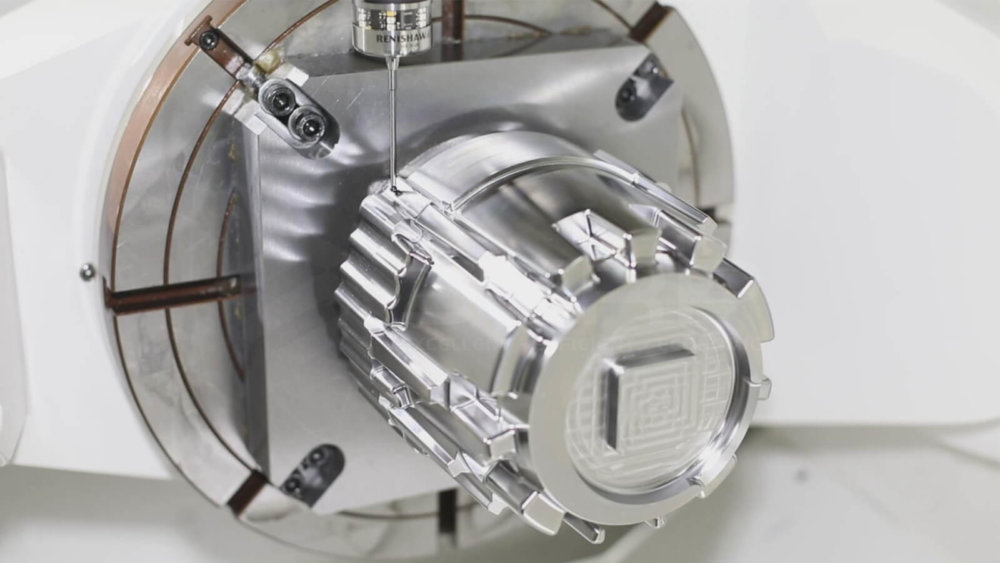
On-Machine, In-Process Inspection for Machined Parts
Temperature and humidity: The work environment can affect machining accuracy. Although machines are capable of cutting parts in warm conditions, it is essential to maintain thermal consistency to avoid deviation.
Calibration: Machine tools should be calibrated at regular intervals to maintain accuracy.
What are the best metals for accurate metal machining?
Accurate metal machining is best achieved with materials that are suited to CNC machining.
Because although it is possible to accurately machine even the toughest metals and alloys, some hard-to-machine materials can negatively affect machining accuracy.
The machinability of a metal refers to how easily a cutting tool can cut through it. Highly machinable metals can be cut quickly at low power, producing a high-quality surface finish without causing significant wear to the cutting tool.
Some highly machinable metals include:
- Aluminum 6061
- Aluminum 7075
- Aluminum 2024
- Stainless steel 303
- Stainless steel 304
- Brass C35300
In theory, a good CNC machine should still be able to cut a hard-to-machine metal, though it will require more time and power consumption.
But these hard-to-machine metals can have an indirect negative effect on accuracy.
Non-machinable metals can dramatically increase tool wear, and dull tools can reduce both the accuracy and precision of the machine.
Additionally, most customers want to find a good balance between speed and accuracy. If accurate metal machining demands extremely low cutting speeds because the metal is hard to machine, the project may not be worth the trouble.
When do you need accurate metal machining?
Accurate metal machining is important for many reasons, from guaranteeing customer satisfaction to ensuring a part’s mechanical functionality.
Projects that demand high accuracy may include:
- Metal prototypes for investor pitches, where visible inaccuracies may give a negative impression to high-level professionals.
- Mechanical parts that interact with other parts. Proper functionality can be controlled by specifying an appropriate tolerance, but good accuracy is still required to ensure compatibility between parts.
- Parts made from a scarce or expensive metal, where excessive scrap would harm the economic feasibility of the project. (Minimizing scrap is always beneficial, of course.)
- Jobs for potential long-term partners. When working with a new client, you will increase your chance of a long-term partnership by providing them with accurately machined parts from the get-go. In some cases, clients will only accept orders if a level of accuracy can be guaranteed.
With many years of experience in the industry, 3ERP is a specialist in accurate metal machining. Learn more about our precision machining services, get in touch for a free quote.
